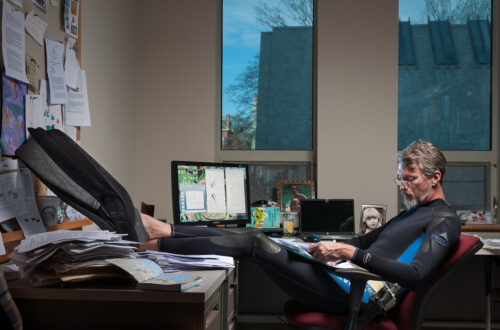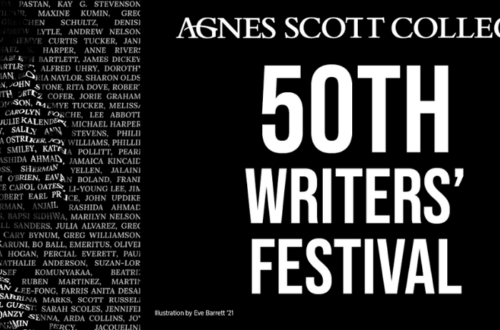
showing/thinking: Mary Cain
Mary Cain is the Charles Loridans Associate Professor of History at Agnes Scott College. She holds a B.A. from Yale University and an M.A. and Ph.D. from Emory University. Professor Cain’s research centers on concepts of race, gender, privilege and power in early America. She is currently at work on a book project that examines white womanhood in the antebellum North. The study demonstrates that in the nineteenth century, white women contended with their subordinate gender position by emphasizing their race privilege—a strategy that, Cain argues, had painful consequences for women of all races. At Agnes Scott she teaches courses in early US history, American women’s history, African-American history, the history of slavery, and Native American history. Below are Professor Cain’s reflections on her scholarly thinking and academic process, from the 2017 Dalton Gallery exhibition showing|thinking, a series of exhibitions that highlighted the work of faculty and staff on campus :
I am a white woman who teaches black history at a racially-diverse college for women. There is, of course, also more—different identities I claim, additional themes that I teach, and other spaces through which I move. But I introduce myself like this in order to foreground the major vectors that drive my work: I think about context, I think about identity and I think about the implications of human beings’ relationships to one another.
Context is the watchword of historians. It forms the foundation for how we work, write, teach, and think. Like other scholars who essentially read for a living, historians must attend to pretext, subtext, intertext, and naturally, the text itself. However, the emphasis on context is really what defines our discipline and gives our work its explanatory power. Though texts matter to historians— deeply—we value them less for their inner workings and revelations than for their potential to be interpreted as products of, and portals into, something larger. That something larger, the context, is the space historians excavate. We dig, and we search, and we trace patterns both broad and fine, with the greater goal of shedding light on the distinctive parameters that mold human experience in a given time and place. From such understandings of the past, we extract knowledge that helps us to construe our own contexts and to navigate the historical moment in which we live.
So context matters, past and present. But it’s not the only thing that matters: the historian’s overriding task is to center human beings within the settings that we study. We must always recognize those human beings as individual actors. While attention to context allows us to illuminate the worlds in which our predecessors lived and loved, worked and played, struggled, survived and died, their human actions are ultimately what we strive to recover and from which we truly learn.



